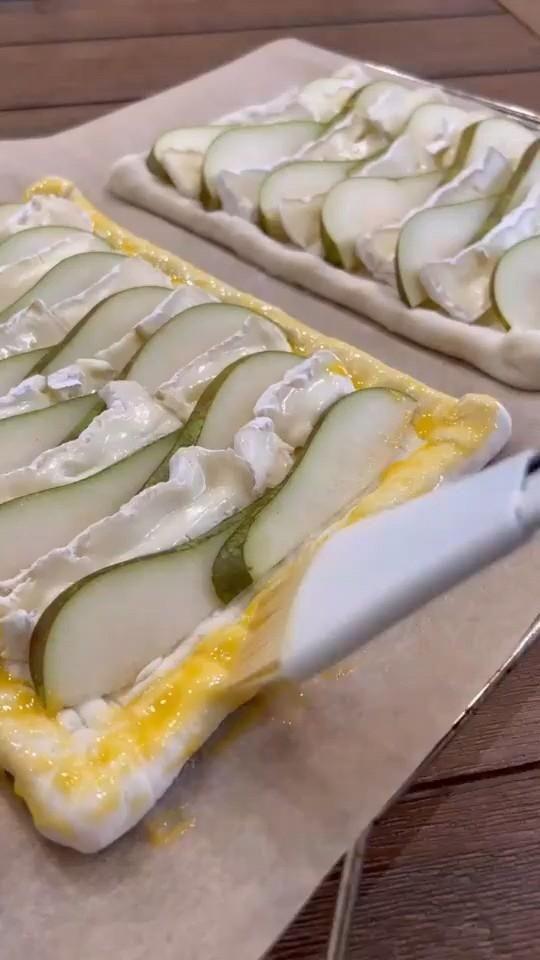At BiteSettle, we're passionate about the idea that outstanding pizza begins with the dough. With over 30 years dedicated to refining our dough recipe, we're thrilled to unveil a few of our trade secrets to assist you in achieving pizzeria-quality crusts in the comfort of your own kitchen. While our proprietary blend remains a closely guarded secret, these fundamental guidelines will aid you in crafting a superior homemade pizza dough.
The Flour Matters
The cornerstone of excellent pizza dough is premium flour. We advise using 00 flour, an ultra-fine Italian flour with a moderate protein content (typically around 12%). This ensures the dough achieves the ideal mix of firmness and suppleness. In the absence of 00 flour, a decent alternative is bread flour, although the texture will vary to some extent.
Water Temperature and Hydration
The degree of warmth of your water is crucial as it influences the dough's rise time and texture. Use cold water at about 45°F (7°C) for a prolonged rise, enhancing the flavor, or opt for lukewarm water at 85°F (29°C) for a faster rise. Aim for a water to flour ratio, known as hydration, between 60-70% for optimal results in typical home ovens.
Minimal Yeast, Maximum Time
A key to a tasty dough is to use a minimal amount of yeast and allow ample time for it to rise. Our recipes use a mere 0.2% fresh yeast compared to the flour weight, allowing the dough to ferment from 24 to 48 hours. This gradual process not only develops rich flavors but also results in a dough that's easier on the stomach.
Salt: Not Just for Flavor
While salt surely adds taste to your dough, it also plays a role in strengthening the dough's gluten framework and regulating fermentation. Our preference is for fine sea salt at a rate of 2.5-3% relative to the flour's weight. Incorporate it once your flour and water are partially mixed to prevent the salt from inhibiting the yeast.
The Art of Fermentation
After combining the ingredients, let the dough bulk ferment at ambient temperature for a couple of hours, then portion it into separate balls. Stow these in lidded containers and refrigerate for 24-72 hours. During this cool fermentation stage, enzymes transform starch into sugar, enriching the flavor and contributing to the dough’s golden-brown crust.
Handling with Care
When you're ready to bake, take the dough out of the fridge 1-2 hours ahead to let it come to temperature. Treat the dough delicately to keep the built-up air bubbles intact. Employ your fingertips to gently press and stretch the dough out rather than rolling it, which would deflate those vital air pockets.
The Final Touch: Heat
Our wood-fired ovens can reach 850°F (454°C), yet standard home ovens usually top out around 550°F (288°C). To compensate, prep a pizza stone or steel by heating it for no less than one hour. This imparts the intense bottom heat needed to render a crust that is both crisp outside and soft inside.
Mastering pizza dough requires practice, and every batch is a learning experience. We urge you to jot down observations, tweak elements, and find what fits your kitchen scenario best.
To witness our dough crafting firsthand, sign up for our monthly pizza workshops where Chef Luca unveils his methods. For future dates, visit our events calendar!

